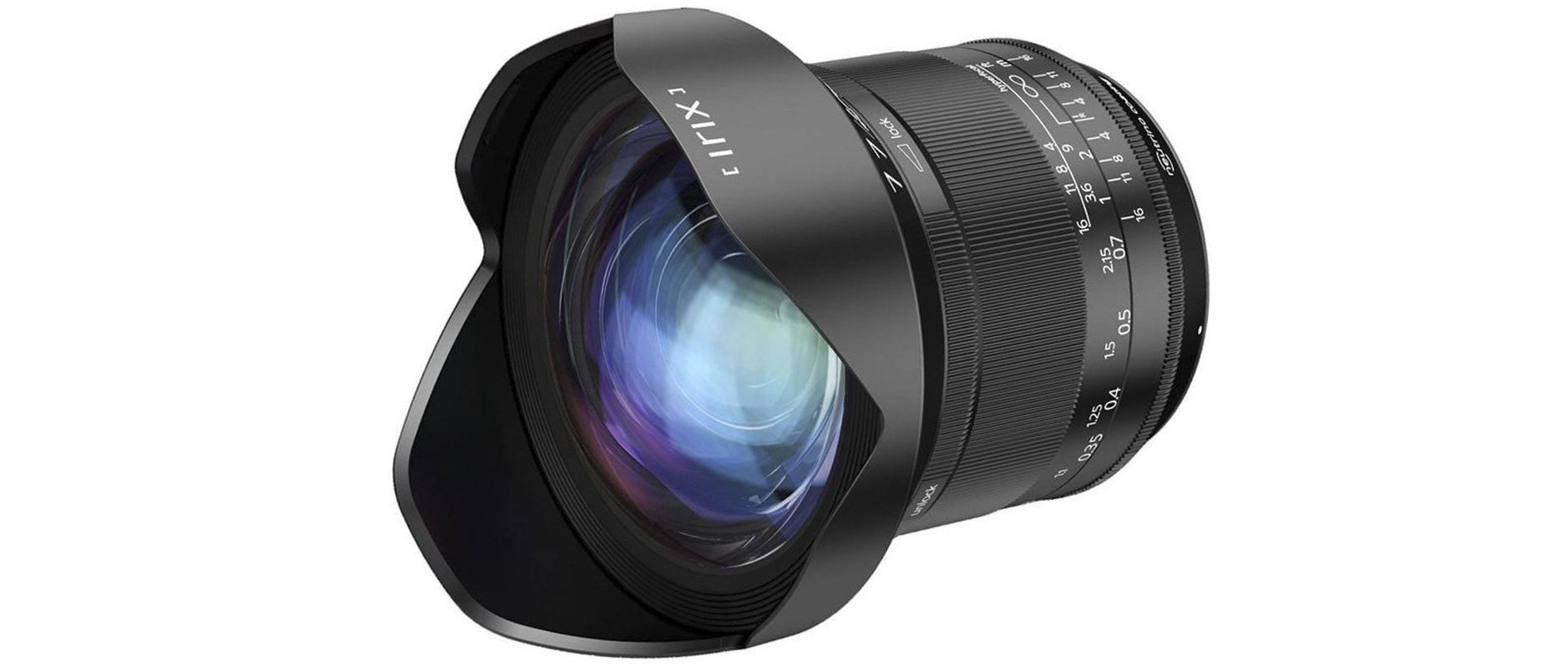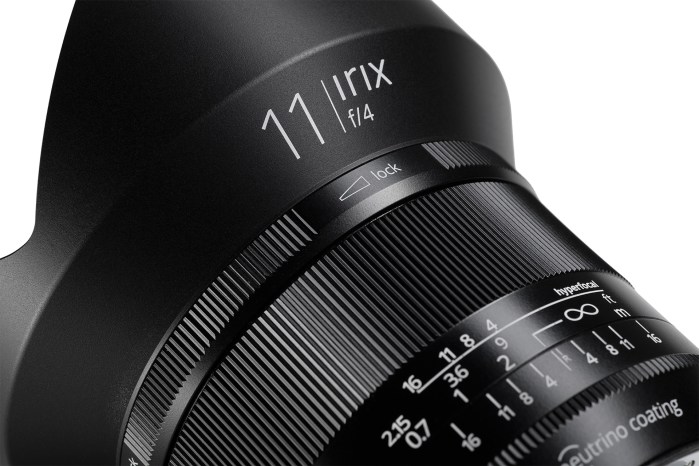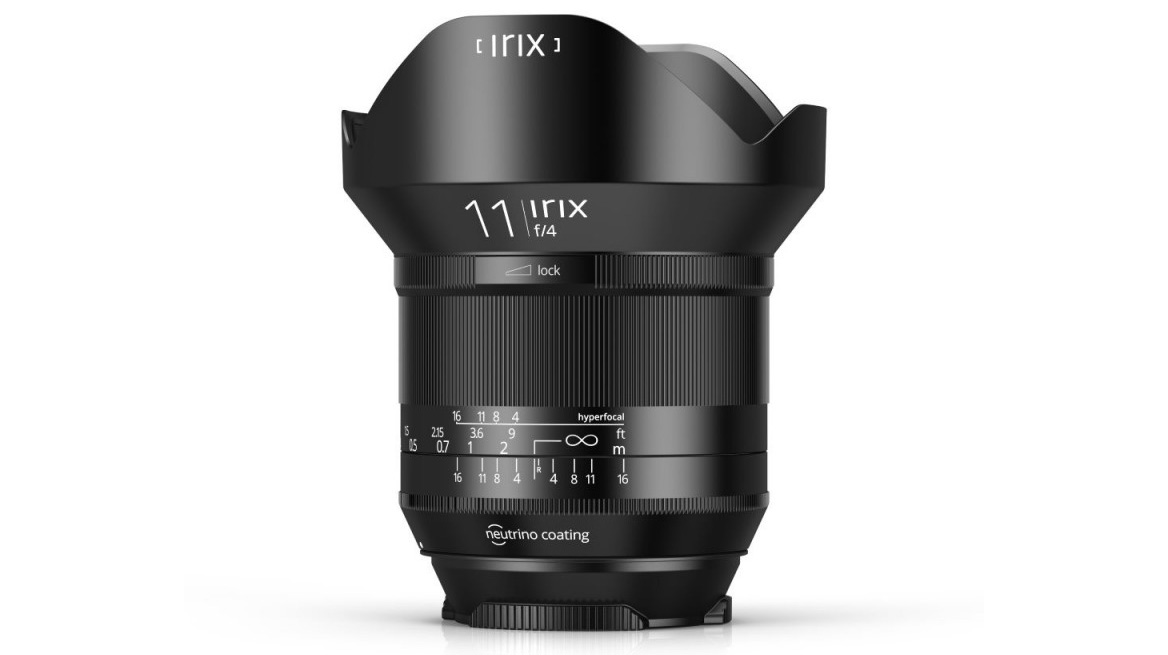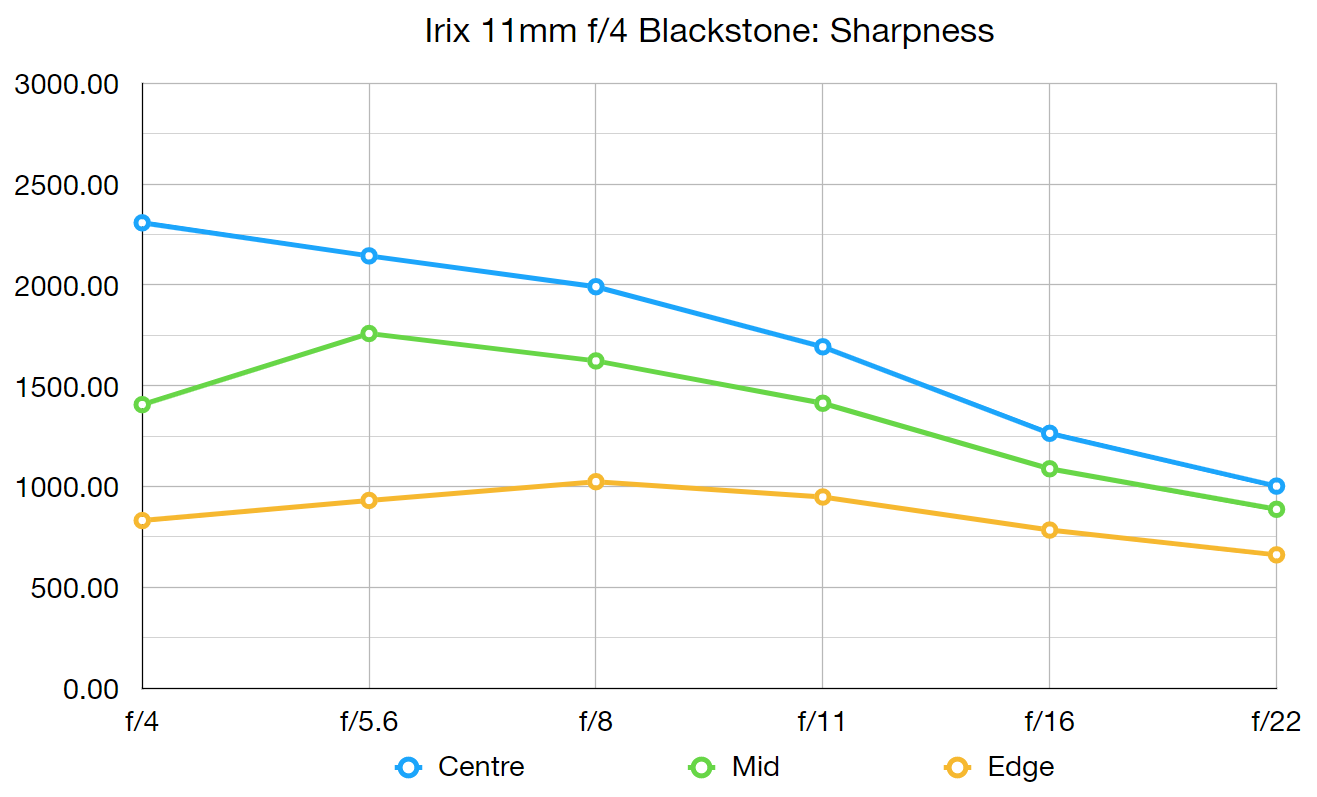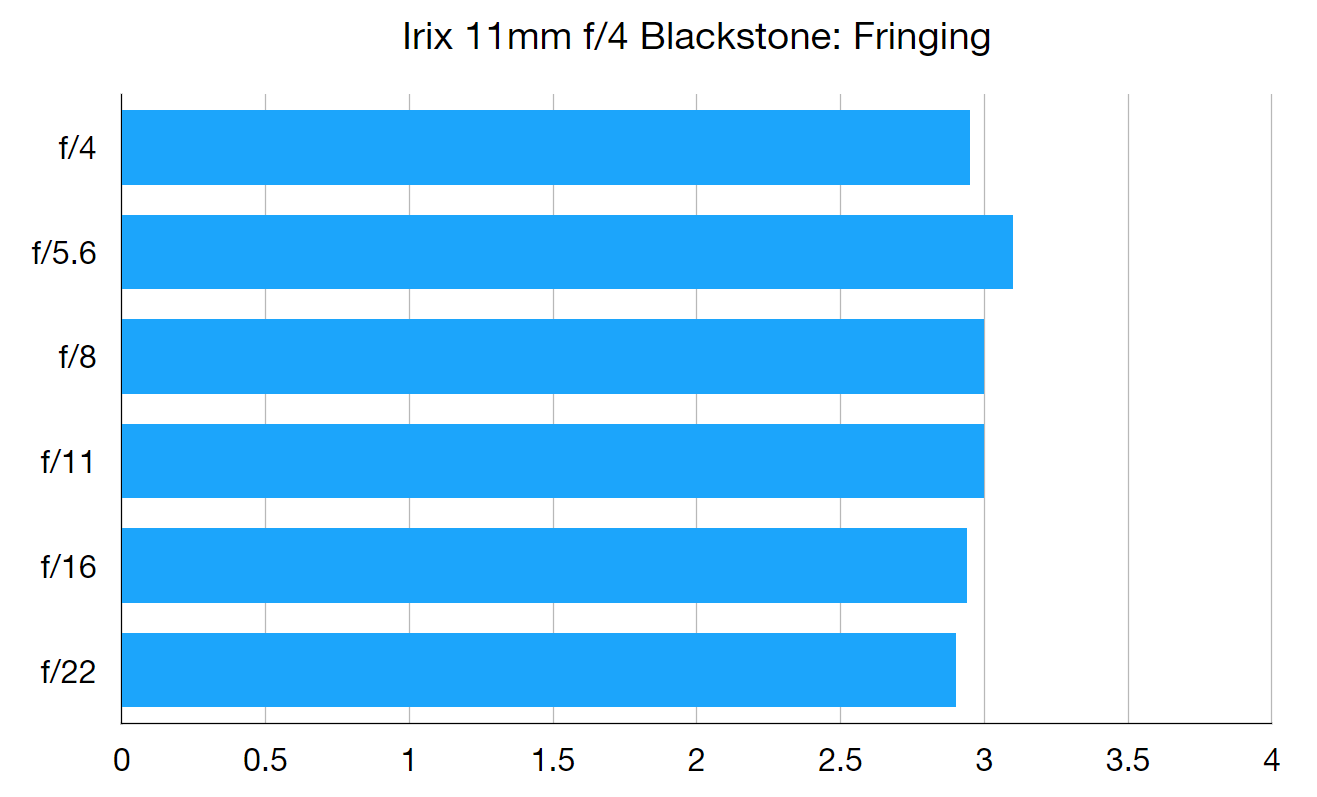Digital Camera World Verdict
The Irix 11mm f/4 Blackstone is a well made and competitively priced ultrawide lens for full-frame Canon, Nikon and Pentax DSLRs. Image quality and handling are very good, but if our test sample lens is anything to go by, you may have to make some exposure corrections to compensate for the lens's imprecise aperture diaphragm control.
Pros
- +
Excellent exterior build
- +
Well priced
- +
Great centre-frame sharpness
Cons
- -
Fringing and distortion can be noticeable
- -
Doesn't always maintain consistent exposure accuracy
- -
Manual focus only
Why you can trust Digital Camera World
Designed in Switzerland and built in South Korea, the Irix 11mm f/4 Blackstone is available in three mount options to fit full-frame Canon, Nikon or Pentax DSLRs, enabling an expansive 126-degree field of view on the diagonal.
The Irix 11mm f/4 is available in two editions. The Blackstone tested here is the premium edition with a metal barrel, while the Firefly variant incorporates exactly the same optics in a plastic shell that’s nearly 100g lighter, and has a lighter price tag, too. The Blackstone edition also distinguishes itself from its cheaper Firefly sibling by sporting engraved fluorescent markings on the lens barrel.
Specs
Mount: Canon EF, Nikon F, Pentax K
Full frame: Yes
Lens construction: 16 elements in 10 groups
Angle of view: 126 degrees
Diaphragm blades: 9
Minimum aperture: f/22
Minimum focusing distance: 0.275m
Maximum magnification ratio: 1:13
Filter size: rear gelatin only
Dimensions: 118x103mm
Weight: 790g
Build and handling
As this is a manual focus-only lens, the focus ring has a usefully long-travel to help with precise focusing, plus there's a locking ring and fine-tuning calibration. Though autofocus isn’t available, there are still on-board electronics that drive AF confirmation lamps in the viewfinder, and there are focus distance, depth of field and hyperfocal scales printed on the barrel. Weather seals are fitted to the mount and barrel joints, but not around the front element. High-tech glass includes four high-refractive, two ED (Extra-low Dispersion) and three aspherical elements.
Performance
Centre-sharpness is excellent, and still good at the corners of the frame. Resistance to colour fringing, ghosting and flare is similarly impressive. Barrel distortion is remarkably low considering the angle of view.
We did however find the electronic diaphragm control of our Canon-fit test sample lens was prone to exposure inaccuracies, causing images to become progressively darker as we stopped down through the aperture range.
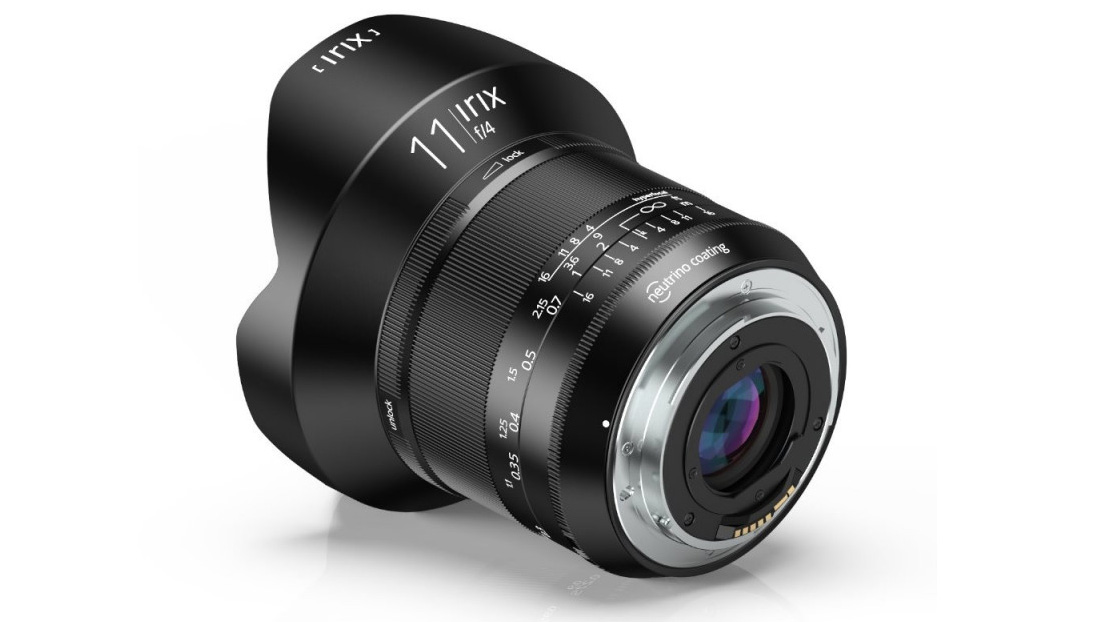
Lab tests
We run a range of lab tests under controlled conditions, using the Imatest Master testing suite. Photos of test charts are taken across the range of apertures and zooms (where available), then analyzed for sharpness, distortion and chromatic aberrations.
The best camera deals, reviews, product advice, and unmissable photography news, direct to your inbox!
We use Imatest SFR (spatial frequency response) charts and analysis software to plot lens resolution at the centre of the image frame, corners and mid-point distances, across the range of aperture settings and, with zoom lenses, at four different focal lengths. The tests also measure distortion and color fringing (chromatic aberration).
Sharpness
Centre-frame sharpness is outstanding, especially wide open, which is no mean feat for any lens. Edge sharpness appears more mediocre, but ultrawide lenses usually struggle when shooting our flat lens testing charts at relatively close range. Corner sharpness is more respectable when shooting real-world subjects at a more typical distance.
Fringing
Fringing is noticeable at the edges of frame, but we'd expect this for an ultrawide lens, and the amount of chromatic aberration is by no means distracting.
Distortion: -3.55
Barrel distortion is visible but is fairly well-controlled, given the ultra-wide viewing angle.
Verdict
If you're after a premium wide-angle lens for a full-frame Canon, Nikon, or Pentax DSLR, but don't fancy paying the premium price tags to get an own-brand lens, the Irix 11mm Blackstone is a sound buy (with the option of the even cheaper Irix 11mm f/4 Firefly if you need something even more affordable).
Image quality, build and handling are excellent - the only drawback is you may need to be prepared to make some exposure corrections if the experience we had with our sample lens turns out not to be an isolated issue.
Read more
Best wide-angle lenses for Nikon cameras in 2020: for DSLRS and Nikon Z
Best wide-angle lenses for Canon in 2020: which one should you buy?
The best lenses for astrophotography
Matthew Richards is a photographer and journalist who has spent years using and reviewing all manner of photo gear. He is Digital Camera World's principal lens reviewer – and has tested more primes and zooms than most people have had hot dinners!
His expertise with equipment doesn’t end there, though. He is also an encyclopedia when it comes to all manner of cameras, camera holsters and bags, flashguns, tripods and heads, printers, papers and inks, and just about anything imaging-related.
In an earlier life he was a broadcast engineer at the BBC, as well as a former editor of PC Guide.
